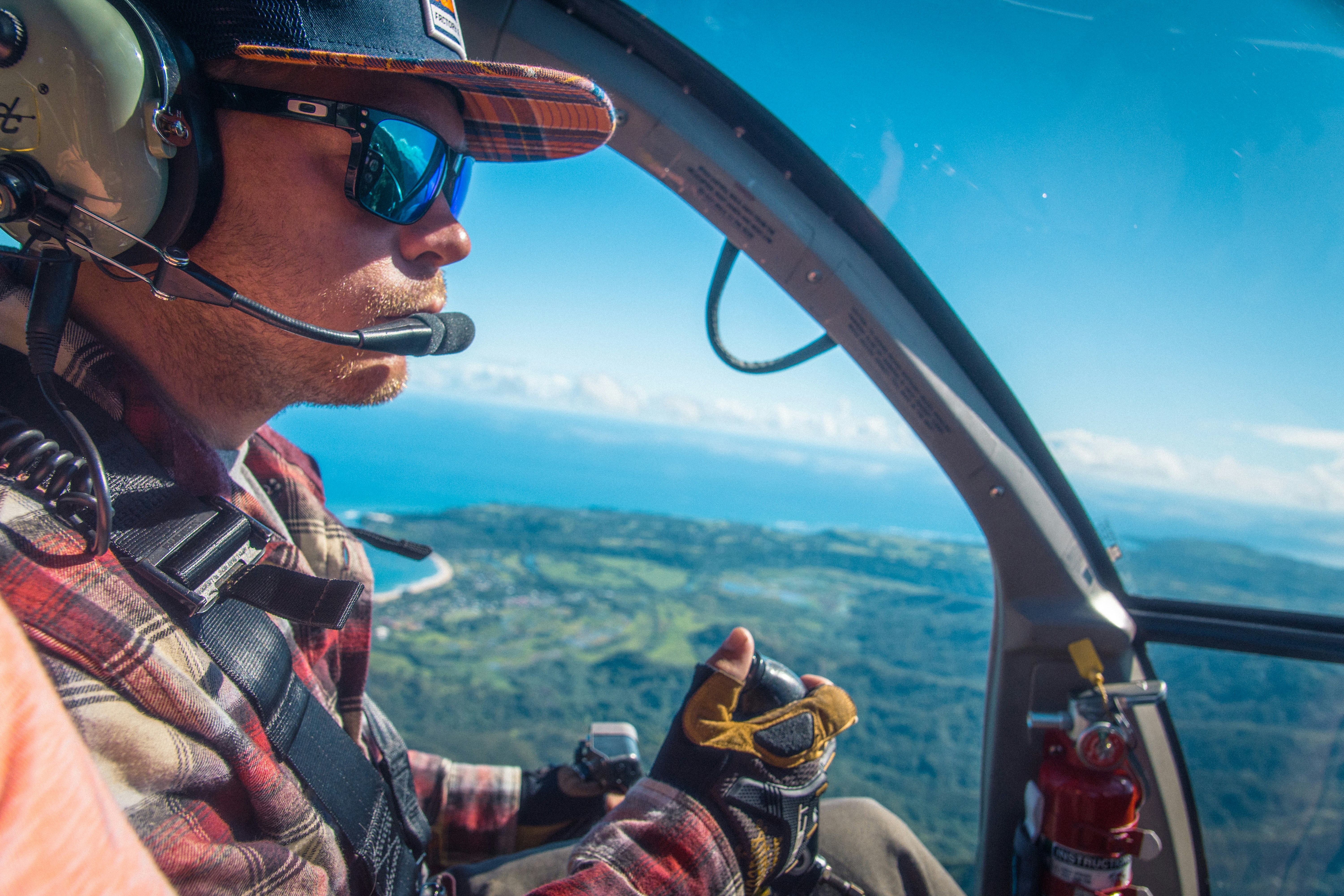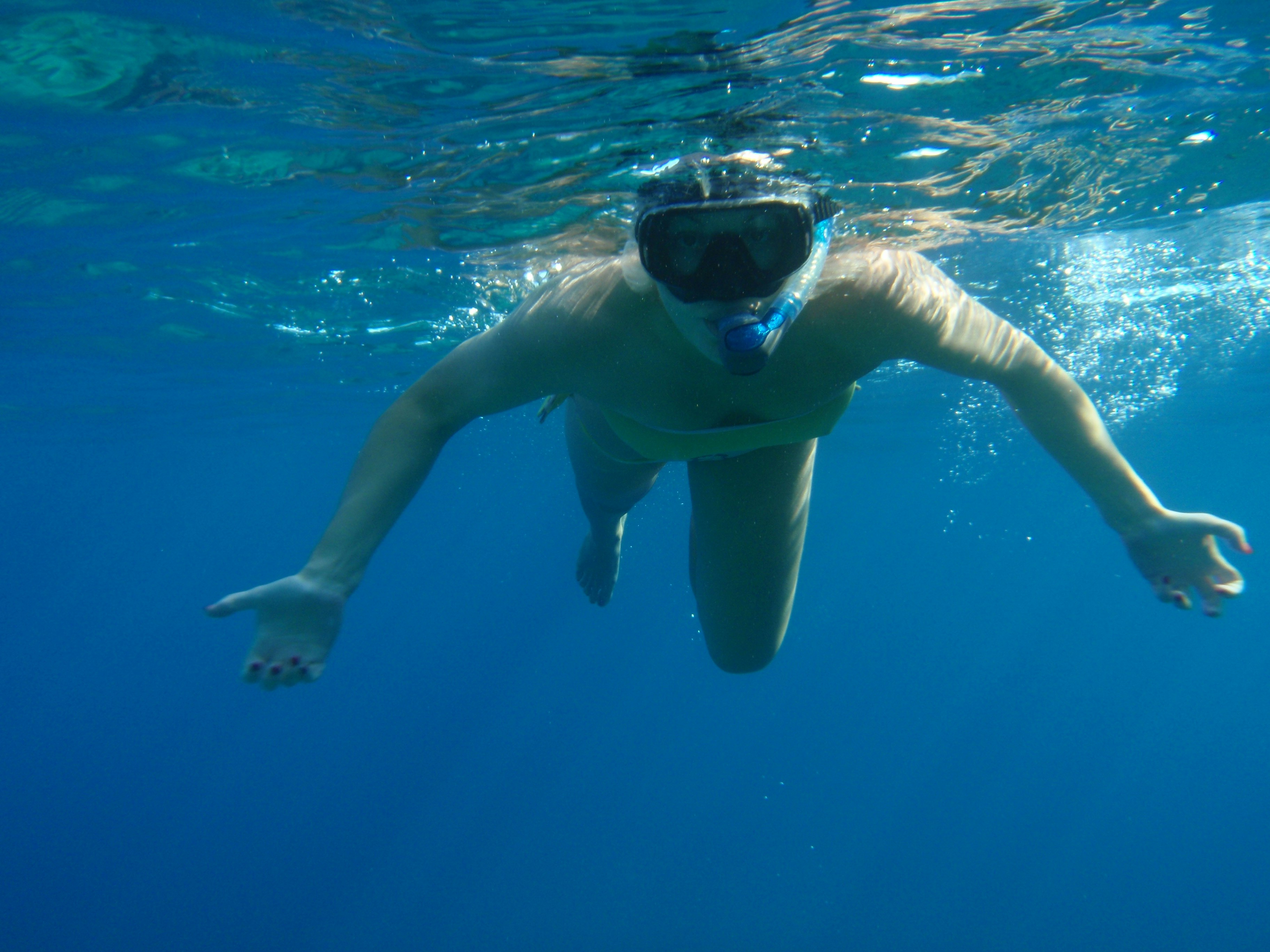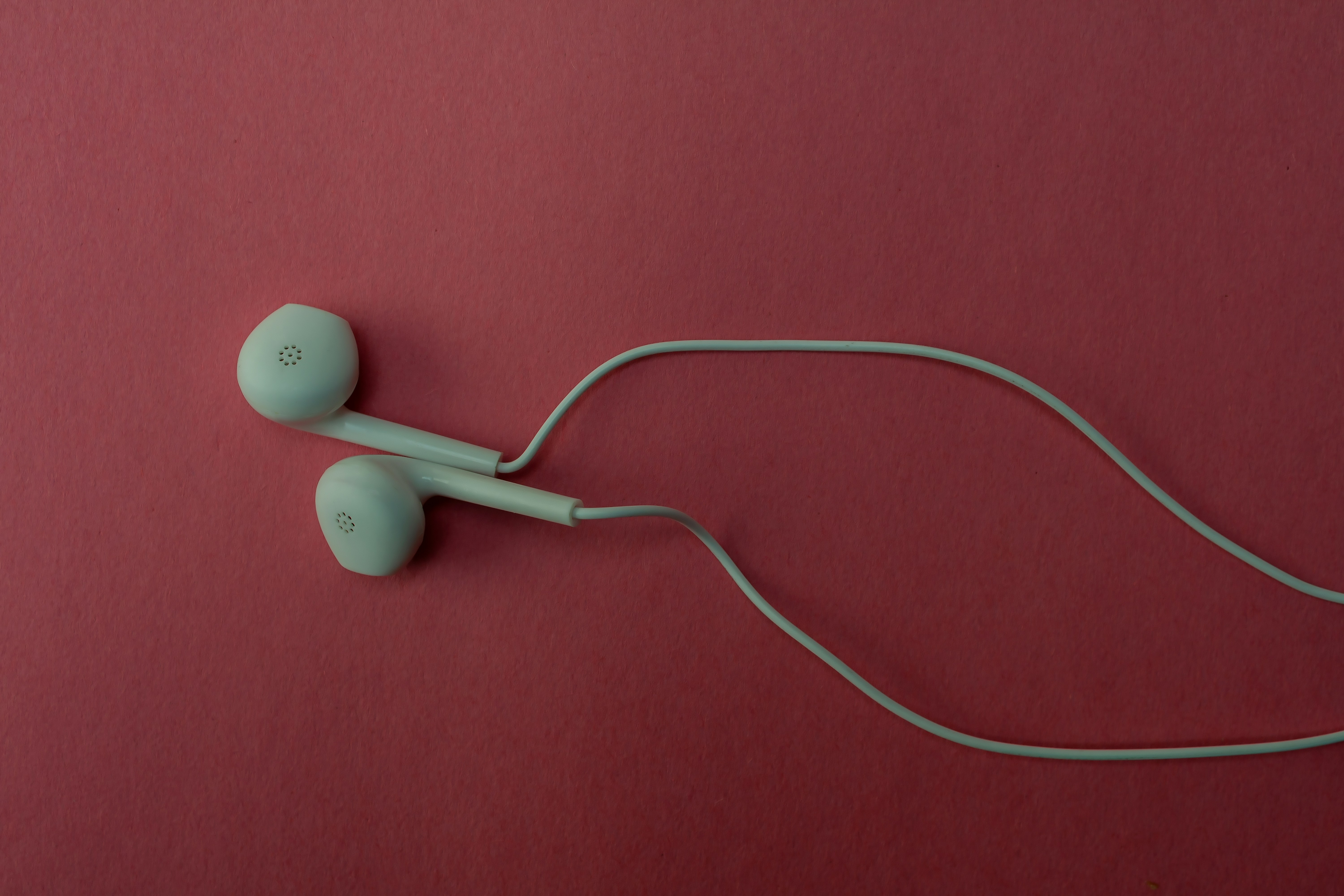You know the moment: the plane starts to descend and—zap—your ear stabs with pain. Or you drive over a mountain pass and your hearing goes muffled for hours. If you dive, you may have learned the hard way what an “ear squeeze” feels like. Here’s the good news: with a few smart habits, most pressure-related ear issues are preventable.
This guide shows you how to protect your ears during flights, high-altitude drives, and scuba or freediving—so you can arrive feeling comfortable and hearing clearly.
Why pressure changes hurt your ears
Your middle ear is an air-filled space behind the eardrum. The Eustachian tube—a narrow passage connecting the middle ear to the back of your nose—equalizes pressure. When pressure changes quickly (takeoff, landing, altitude shifts, descents under water), the eardrum can stretch inward or outward. If your Eustachian tube can’t keep up—because of congestion, allergies, anatomy, or technique—you feel pain, fullness, a pop that won’t resolve, or temporary hearing changes. That’s ear barotrauma.
Good news: If you support your Eustachian tubes and equalize early and often, you usually prevent symptoms.
Your prevention game plan
2–7 days before you go
- Tune up your nose and sinuses. If you have allergies or a lingering cold, reducing inflammation helps your Eustachian tubes work. Many people benefit from starting a daily saline nasal rinse and, if appropriate for you, an intranasal steroid spray 2–3 days before travel. Ask your clinician if this is right for your situation.
- Plan your toolkit. Pack:
- Filtered, pressure-regulating earplugs (e.g., EarPlanes) for flights and mountain drives
- Chewing gum or lozenges to prompt swallowing
- Saline nasal spray or rinse bottle
- A decongestant if your clinician says it’s safe for you (consider oral pseudoephedrine or a short-term topical spray like oxymetazoline; avoid topical sprays beyond 3 days to prevent rebound congestion)
- An autoinflation device (e.g., Otovent) to practice gentle pressure equalization
- Water bottle for regular sips
- If you’re a diver: refresh your equalization technique on dry land (Frenzel or Valsalva), and don’t plan dives if you’re congested.
- If you’ve had repeated airplane ear or difficulty equalizing when diving, book a visit with an audiologist or ENT ahead of your trip. They can check for Eustachian tube dysfunction and tailor a prevention plan.
Day of travel: flying or high-altitude driving
- Stay hydrated and skip heavy alcohol or sedating antihistamines, which can dry or thicken secretions and blunt your equalization reflexes.
- If your clinician recommends a decongestant, many travelers take it 30–60 minutes before takeoff and again before descent. Ask your clinician about timing and safety if you have high blood pressure, heart conditions, glaucoma, or are pregnant.
- Control what you can: choose a seat where you’re less likely to fall asleep during descent so you can actively equalize. If you doze, set an alarm 30 minutes before landing.
- Use filtered pressure earplugs for ascent and, especially, descent. Put them in before pushback and reinsert 20–30 minutes before landing.
- Equalize early and often—don’t wait for pain:
- Swallow, sip water, suck on a lozenge, or yawn repeatedly
- Toynbee maneuver: pinch your nose closed and swallow
- Gentle Valsalva: pinch your nose, close your mouth, and exhale softly until you feel a light pop; repeat every few minutes as pressure changes
- Never force it. If you feel sharp pain or dizziness, pause, swallow, and try a gentler technique. Hard blowing can injure your ear.
For divers: equalize the right way
- Don’t dive congested. If one ear won’t clear on the surface, it won’t magically get better at 20 feet.
- Equalize before you feel pressure. Start on the surface, then every 2–3 feet during descent. Use a gentle Valsalva or, preferably, Frenzel technique. Stop if you feel pain; ascend a few feet until it eases, then try again.
- Keep your head above your feet on descent. A feet-first descent can make equalization harder.
- Reverse block on ascent feels like pressure that won’t release. Ascend slowly, pause, swallow, and consider a slight descent to re-equalize if safe and guided.
- Never force through pain, and never dive with ear pain, drainage, or vertigo. If symptoms occur, end the dive and get evaluated.
- Remember: Flying soon after diving raises decompression risk. While that’s different from ear barotrauma, most recreational divers wait 12–18 hours or more after their last dive before flying, depending on dive profiles.
In the car at altitude
- Long mountain drives can mimic flight descent. Use the same playbook: filtered earplugs, frequent swallowing/yawning, and gentle Valsalva when needed.
- Take short breaks on steep climbs or descents if your ears fall behind.
If your ears still feel blocked
Sometimes, even with good prep, you may land or surface with fullness or mild muffled hearing. Here’s a gentle recovery plan:
- Keep equalization gentle. Do a few sets of Toynbee or very light Valsalva, spacing them out over 10–15 minutes.
- Try saline nasal spray and a warm compress over the ear/jaw area to relax muscles.
- Short-term topical nasal decongestant (if appropriate for you) can help for 1–3 days; avoid longer use to prevent rebound.
- Most mild cases resolve within hours to a couple of days. Protect your ears from loud noise during this time; they may be more sensitive.
Seek prompt care if you develop severe pain, persistent hearing loss, loud roaring tinnitus, vertigo, ear drainage, or fever—especially after a dive. An audiologist or ENT can check your middle ear pressure, look for eardrum injury, and guide treatment.
Special notes for hearing aid users
- Hearing aids are safe to wear on airplanes. They don’t interfere with cabin systems and won’t prevent pressure equalization.
- They don’t protect against barotrauma, so use the same equalization techniques and consider filtered earplugs during descent. If you need to pinch your nose, you may briefly remove an in-the-ear device for comfort.
- Pack spares: batteries or chargers, a dry kit, and a small cleaning tool. Cabin air is dry—overnight drying can help maintain performance.
- For water activities, remove hearing aids before diving or swimming unless they’re rated for immersion.
Myths vs. facts
- “Chewing gum fixes airplane ear.” Chewing helps because it makes you swallow repeatedly. The swallow is the magic, not the mint.
- “If it hurts, blow harder.” Forceful Valsalva can injure your ear. Gentle, frequent equalization is safer and more effective.
- “Sleeping through descent is fine.” Many people wake up with pain because they weren’t actively equalizing. Set an alarm so you can swallow and yawn during the last 30 minutes.
- “A few drops of water in my ear caused the pain.” External water isn’t the issue—pressure on your middle ear is. Drying drops won’t fix barotrauma; equalization will.
Red flags and when to see a pro
- Severe ear pain during or after pressure changes
- Persistent muffled hearing or bothersome tinnitus beyond 24–48 hours
- Spinning dizziness (vertigo), especially after a dive
- Fluid or blood from the ear
- Repeated airplane ear despite prevention steps
An audiologist can test your middle ear function and hearing, then work with an ENT if needed. Some adults with stubborn Eustachian tube problems benefit from medical management, temporary pressure-equalization tubes, or targeted treatment of allergies or sinus disease. If you’re a diver, a clinician trained in dive medicine can tailor advice so you can return to the water safely.
Quick, pressure-proof checklist
- One week out: start saline rinses; consider intranasal steroid if appropriate
- Pack: filtered earplugs, saline, lozenges, water bottle, approved decongestant, autoinflation device
- Pre-descent: insert filtered plugs; stay awake; sip and swallow
- Equalize: swallow, yawn, Toynbee, gentle Valsalva—early and often
- If blocked: gentle techniques, warmth, short-term decongestant if appropriate
- See a pro for severe or persistent symptoms
Your ears can keep up with your adventures. A little preparation and the right techniques go a long way—and your hearing will thank you.
Frequently Asked Questions
Is the Valsalva maneuver safe for my ears?
Yes—when done gently. Pinch your nose, close your mouth, and exhale softly until you feel a mild pop, then stop. Hard, prolonged blowing can injure the ear. If you have heart disease, uncontrolled high blood pressure, or glaucoma, ask your clinician which equalization methods are safest for you.
Should I take a decongestant before flying?
It can help some people, especially if congestion or allergies make equalization difficult. Many take it 30–60 minutes before takeoff and again before descent. However, decongestants are not right for everyone (for example, some people with hypertension, heart disease, glaucoma, or during pregnancy). Ask your clinician what’s appropriate for you and avoid overusing nasal sprays to prevent rebound congestion.
My ears don’t pop even after landing. How long should I wait before seeking care?
If you have mild fullness without pain, it often clears within hours to a couple of days. Try gentle swallowing, Toynbee, light Valsalva, saline, and a warm compress. If you have severe pain, new vertigo, drainage, or hearing doesn’t improve within 24–48 hours, consult an audiologist or ENT.
Can I wear hearing aids during flights and will they help with pressure?
You can and should wear hearing aids on planes for communication—just know they don’t equalize pressure or prevent barotrauma. Use the same techniques (swallowing, yawning, gentle Valsalva) and consider filtered earplugs during descent. Remove hearing aids before swimming or diving unless they are specifically rated for immersion.



